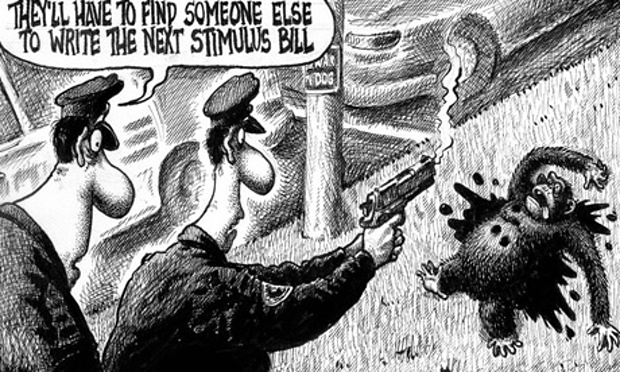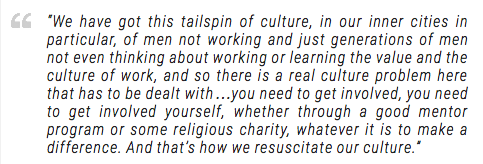Both Kant’s and Hegel’s texts were interesting to read. Both of these texts operate outside of the field of critical race theory not only because of their age, but also because they do not assume that race is a social construction. Both of these texts went to great lengths to prove the origins of certain races and why races differ.
Kant’s text entitled “Of the Different Human Races” was intriguing because he seems to suggest that racial difference can be attributed to different climates, as well as “interbreeding” between different groups or races. While Kant discusses this idea throughout the entirety of his essay, he first mentions this when he notes, “Races are deviations that are constantly preserved over many generations and come about as a consequence of migration (dislocation to other regions) or through interbreeding…” (Kant 9). Kant’s analysis of the different races also suggests, in a pseudoscientific way, that different iron levels in plants produce different colors of plants, and hence different colors of humans are a result of different iron levels in their blood. Kant notes this when he states:
We now justifiably account for different colors of plants by noting that the iron content of certain identifiably distinct plant juices varies. Similarly, since the blood of all animals contains iron, there is nothing to prevent us from accounting for the different colors of the human races by referring to exactly the same causes. (Kant 19)
It is rather strange how Kant compares plants and animals in order to account for their differences in color. Nonetheless, all of Kant’s “scientific” analysis was founded upon the assumption that there are four distinct races, namely “…(1) the white race; (2) the Negro race; (3) the Hun race (Mongol or Kalmuck); and (4) the Hindu or Hindustani race” (Kant 11).
Many would agree that Kant’s analysis of the races is outdated and false. Nonetheless, Kant’s text associates certain characteristics, such as laziness, with black people and these characteristics seem to have survived the test of time. While analyzing black people, Kant notes how, “…humid warmth generally promotes the strong growth of animals…However, because he is so amply supplied by his motherland, he is also lazy, indolent, and dawdling…” (Kant 17). According to Kant, black people live in a climate, which allows for the growth of strong animals. This idea associates black people with animals and this association is still seen today. For example, there are many cartoons that associate President Obama with monkeys.

While this image (taken from http://www.theguardian.com/world/2009/feb/18/new-york-post-cartoon-race) may seem harmless upon first glance, many have found that the creators were specifically picturing President Obama as the dead ape. Hence, President Obama is associated with an animal, a convention which was clearly laid out in Kant’s “Of the Different Human Races”. Not to mention, President Obama is not the only black person who has ever been associated with monkeys. It seems that it is common to associate black people with monkeys in modern society.
Another example, initially laid out by Kant, is the laziness of black people as a whole. As noted by Paul Ryan:

This association of black people with laziness is common in modern-day society, and is often seen by the connection between black people and welfare. Interestingly enough, evidence seems to suggest that black people are not the largest recipients of welfare, rather poor white people are the largest recipients. For example, a Huffington Post article has found that the majority of people receiving food stamps are actually white, not black (http://www.huffingtonpost.com/2015/02/28/food-stamp-demographics_n_6771938.html).
Thus, my question is this: how has Kant’s theory survived the test of time? More simply stated, how has Kant’s analysis of black people, namely that they are animalistic and lazy, persisted until today? After reading his theory, it is clear that it is based upon pseudoscientific findings. Nonetheless, society is still unable to break away from these pervasive ideas about black people. Assuming that race is a social construct, how can these aspects of Kant’s theory still be employed today? If race is a social construct, and some in society still believe that black people are animalistic and lazy, could this suggest that what Kant’s theory is really getting at is how race is socially constructed, rather than a scientific principle? Did Kant’s analysis, in this sense, cave in on itself?
References:
Kant, Immanuel. “Of the Different Human Races.” Bernasconi, Robert and Tommy L. Lott. The Idea of Race. Indianapolis/Cambridge: Hackett Publishing Company, Inc., 2000. 8-22.